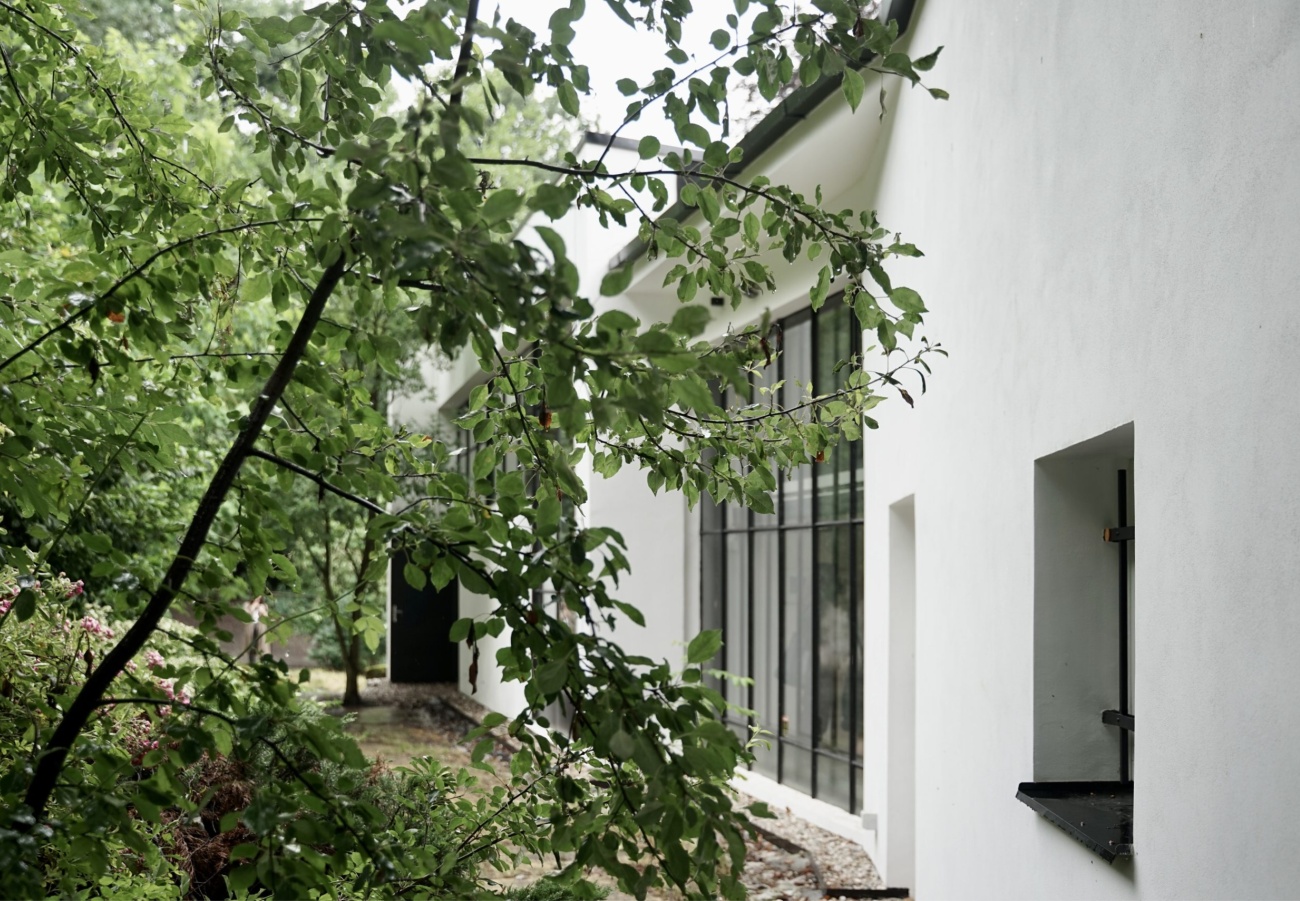
In Smíchov, interested parties can visit the studio of sculptors Janouškových
 |
Prague – A new permanent exhibition dedicated to the work of sculptors Věra and Vladimír Janoušek opened in their studio in Smíchov, Prague, on Saturday afternoon. The Janoušeks were among the most prominent figures in the domestic art scene of the 1960s and 1970s. The studio, built in the 1960s in the Brussels style, is located on U Kotlářky street at the western slope of the natural monument Skalka.
The building, hidden in a wild garden, was extensively reconstructed in recent years. The permanent exhibition has now also been completed, showcasing not only the work of the Janoušeks but also evolving to allow the house to come alive with a variety of events. The exhibition was curated by Martina Vítková and Jan Skřivánek, with the architectural concept designed by Dominik Lang. The opening of the new exhibition was part of the Prague Art Week festival.
The sculptor's studio was built in 1965 by architect Josef Hrubý, co-author of the Czechoslovak pavilion at the Expo in 1958. Věra Janoušková (1922 to 2010) shared it with her husband Vladimír Janoušek (1922 to 1986) from 1965, and later moved into it in the 1990s.
According to experts, Věra Janoušková is one of the most important female sculptors in Czech art of the second half of the 20th century. Throughout her work, she moved from traditional sculptural methods and realistic shapes to experiments with form, material, and structure, reflecting most significant art movements of the latter half of the 20th century, from abstract forms to figuration, which ultimately became her most characteristic style. Her early work from the turn of the 50s and 60s is characterized by the search for an abstracting shape and verification of the possibilities of basic sculptural components, which can be volume, void, space, or horizontal versus vertical.
Around 1963, she discovered a material that later became characteristic of her work, enamel-coated sheet metal. Initially, she incorporated it into sculptures made of other materials, gradually transitioning to predominantly fully enamelled figurative works. Enamel allowed her to introduce often vibrant colors into her sculptures, while various techniques such as welding or riveting enabled the creation of specific spatial collages.
Sculptor and painter Vladimír Janoušek created sculptural portraits, reliefs, and studies of sculptures for incorporation into architecture in the 1950s, but he gradually moved away from traditional materials. From the mid-60s, to depict the relationship between figures and space, he created metal sculptures, in which indistinct outlines of figures contrasted with a solid geometric structure, later developing interactive sculptures with mobile elements in the form of pendulums.
The Janoušeks were founding members of the creative group UB 12 in 1960 and participated in its exhibitions. During the normalization period, the presentation opportunities for the Janoušeks were restricted, and together with friends, they engaged in unofficial activities.
The English translation is powered by AI tool. Switch to Czech to view the original text source.
0 comments
add comment












